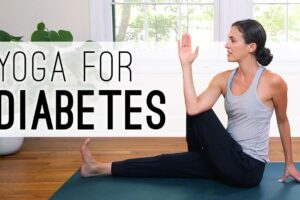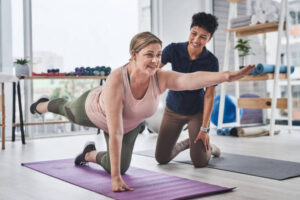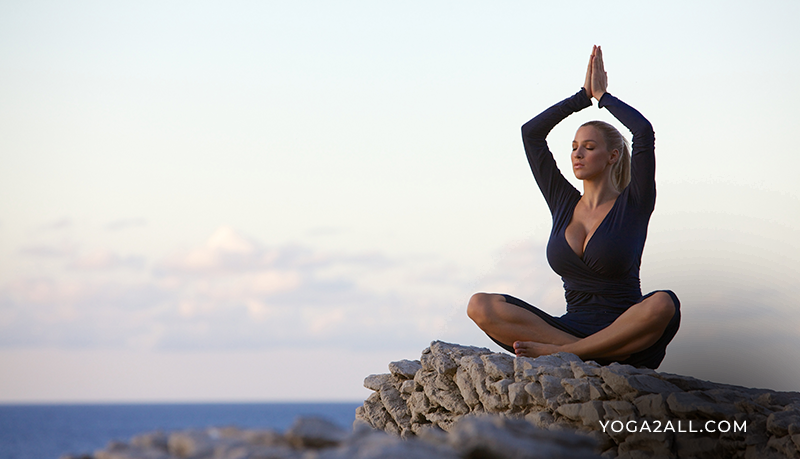
While yoga has been around for thousands of years, it’s still relatively new to Western culture and Western yogis are still figuring out how to optimize the practice to meet their fitness needs. Yoga is great for increased flexibility, lower stress levels, and a greater mind/body/breath connection, but if you’re wondering how to build strength a little faster, adding resistance is just the ticket.!
Simply put, resistance is any form of exercise that forces your skeletal muscles to contract. Those contractions lead to increases in muscle mass, strength, endurance, and tone. People usually think of lifting weights when they think of resistance training, but there are many ways to incorporate such training into your daily exercise and even your yoga practice.
Perhaps the easiest way to add resistance to your yoga practice is to incorporate the use of your own body to create resistance. For example, Chaturanga Dandasana, the “push up” of yoga, is one way to increase resistance without adding props. The pose strengthens and tones the entire body, helps teach important alignment, and prepares you for a multitude of poses. And, as anyone who has ever taken a Vinyasa-style class can attest, it’s impossible not to know which muscles are the triceps after 10 or 20 of them!
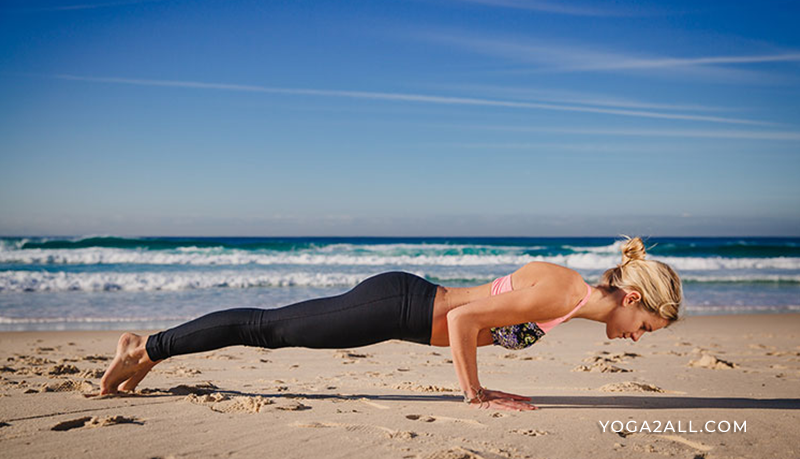
Another great yoga pose using the body for resistance is any variation of the Plank Pose (Phalakasana). From Downward Facing Dog Pose (Adho Mukha Svanasana) inhale slowly and push the chest and the hip towards the floor, stretching the body forward while exhaling completely. Bring the shoulders just above the wrists without bending the elbows and bring the feet onto your toes without bending the knees. Your body should form a straight line from shoulders to heels, balancing evenly on the wrists and the toes. (Be careful not to place the weight unevenly on your wrists and shoulders.) Remain here for ten breaths, working to add thirty-second increments until you can stay for 2-5 minutes.
If you have issues with your wrists and shoulders, a slightly gentler variation of Plank is to lower into Dolphin (Ardha Pincha Mayurasana) by lowering your elbows to the floor directly under your shoulders so that you forearms stretch out in front of you. Gaze down, keeping the neck relaxed and be aware of the stretch of the abdominal muscles.
Vasisthasana (Side Plank Pose) is also a great resistance pose that uses your body. From Downward Facing Dog, move your hand to the center of your mat and up about four inches. Step your feet together and roll onto the outside edge of the bottom foot, stacking the feet and balancing there. Make sure the hips are in alignment with the chest and the feet. Avoid stacking the wrist directly under the shoulder–a slight angle takes the pressure off of the shoulder socket. Remain here for about 4 breaths and release the pose completely and relax in Downward Facing Dog Pose. For a gentler variation, you can lower your forearm to the floor, arms perpendicular to the body.
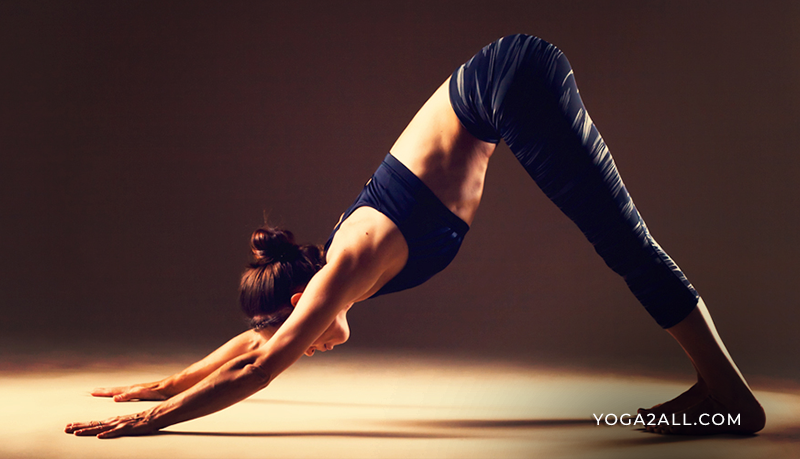
Another resistance pose is Purvottanasana (Upward Plank Pose). Sit on the floor and stretch your legs out straight in front of you. Place the palms on the floor behind, fingertips pointing toward your toes. Inhale and raise the entire body from the floor and place the feet firmly on the floor balancing on the palms and the feet. Exhale completely and make sure the body is inclined and the neck thrown down a bit. Stay here using the abdominal muscle strength for about 4 breaths or more.
Another easy way to add resistance to your yoga practice is to incorporate resistance bands.
Resistance bands have the added benefit of helping you control your movements better because you’re working against a force, making it easier to keep proper form.
General Guidelines for yoga with resistance bands:
- Move slowly with the breath. Slower, controlled movements are more effective and optimize the resistance.
- Use the right tension band. If you choose one that is too strong, you’ll risk injury due to misalignment. Use one that is too light and you’ll miss out on potential benefits. Experiment with a variety of tensions to find which one is right for you. Here is a comparison of the best resistance bands.
A few of the yoga poses that work best with bands are:
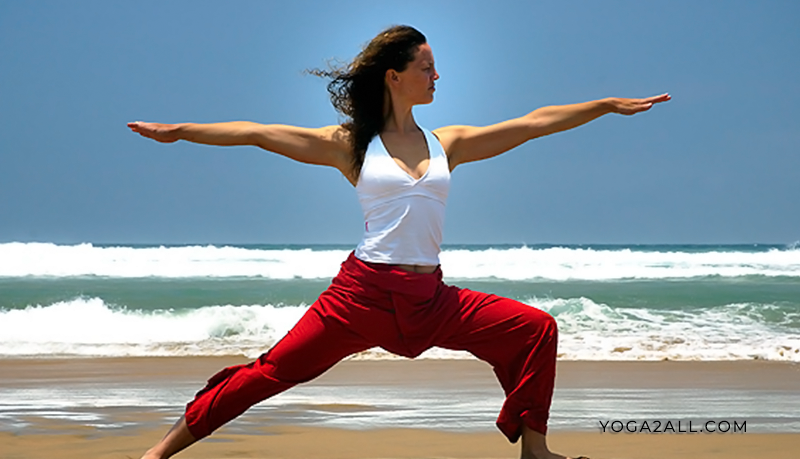
Warrior Pose I and Warrior Pose II (Virabhadrasana I, II): This exercise works the triceps, opens the chest, and stretches the hip flexors. Using a flat resistance band in light or medium resistance level, place band securely under back foot. Hold the band in the opposite arm of anchoring foot while reaching the other arm forward. Keep your wrist straight on the working arm and the elbow pointing straight ahead. Keep the tailbone pointed down, not tilted back. Slowly raise and lower your arm, bending at the elbow.

Dancer Pose (Natarajasana): Standing with a straight spine, bend your right knee and wrap a resistance band around the top of your right foot. Hold both ends of the band behind you with your right hand, and tilt your torso forward to a 45-degree angle. Raise the right leg toward the ceiling as high as it will go, extending the left arm out in front of you for balance. Press back slightly with the right foot against the resistance of the band, engaging the quadriceps.




